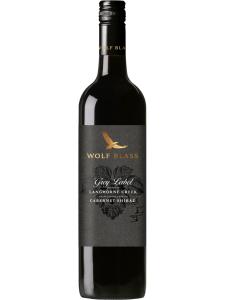Langhorne Creek is a wine region within the Fleurieu region of South Australia, roughly a 50 minute drive from the city of Adelaide. It is located in the north-east of the Fleurieu Peninsula, stretching from Lake Alexandrina on its southern fringes towards the town of Langhorne Creek in the north. It is one of Australia's most historic wine-growing areas, with the oldest established wineries dating back to the mid-19th century, and some plots of vines which have passed a century in age.
From around 440 hectares (1087 acres) of vineyards in the early 1990s the planted area has boomed and now approaches 6000ha (14800 acres). The modern-day wine industry in Langhorne Creek is a mix of large, multi-national corporations and boutique wineries with their own cellar doors.
© SAWIA
The region is primarily a red wine producer, with Cabernet Sauvignon and Shiraz making up approximately 70% of the total vineyard area. These grape varieties can be varietally labeled or be part of multivarietal blends producing wines with soft and delicate tannins with a good deal of extract. Other red grapes grown here include Merlot, Malbec and Petit Verdot. Langhorne Creek has also made a name for its quality white wines, especially Verdelho, which offers clean varietal aromas of citrus fruits, honeysuckle and a characteristic viscous texture. Chardonnay is also finding favor with local producers.
Grape-growing conditions are unique in the sense that Langhorne Creek sits on an ancient flood plain created by the Angas and Bremer rivers swelling with water descending from the Mount Lofty Ranges. Local wine pioneer and Bleasedale winery founder Frank Potts, who purchased 40ha (100 acres) of land in 1850 and planted Shiraz and Verdelho in the 1860s, developed a system of levees and floodgates to capture and divert a metre of water and nutrient rich silt over his entire vineyard. While this occasional natural abundance of water could create problems with excess vigor (too much vegetative growth), modern systems now harness the water via drip irrigation systems, and so the flooding remains a major advantage for Langhorne Creek over other South Australian vineyards.
Another important feature is the area's temperate climate, with moderate temperatures throughout the growing season assisted by cool breezes from Lake Alexandrina as well as the southerlies blowing from the Southern Ocean. All these factors make the fertile plains of Langhorne Creek a mild region with a long ripening season.



